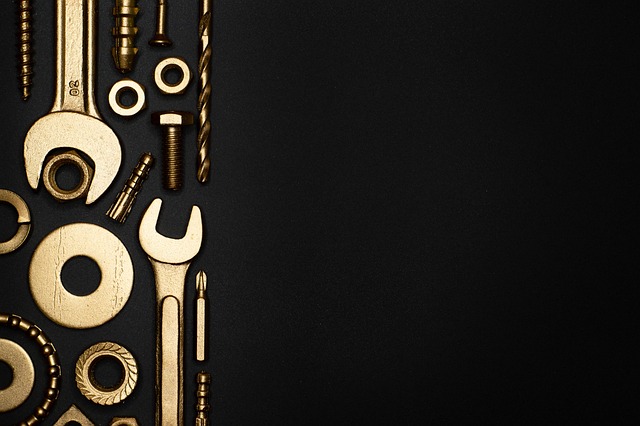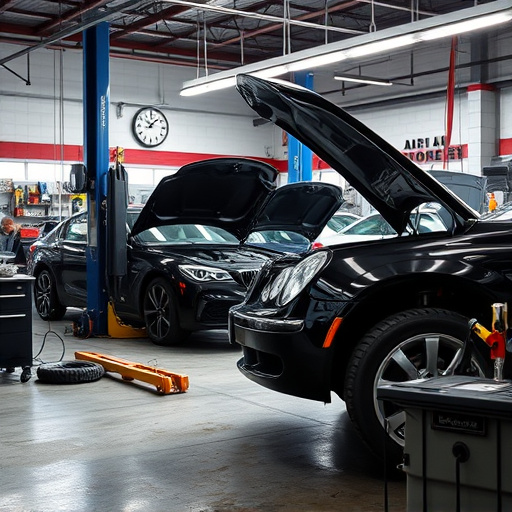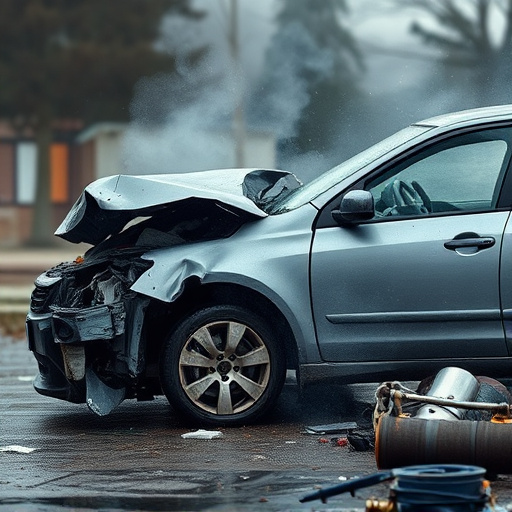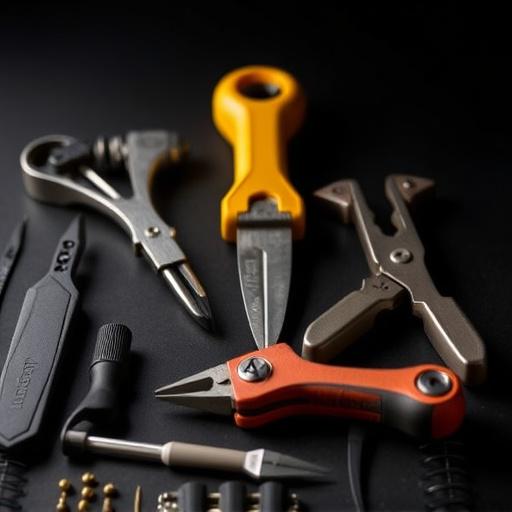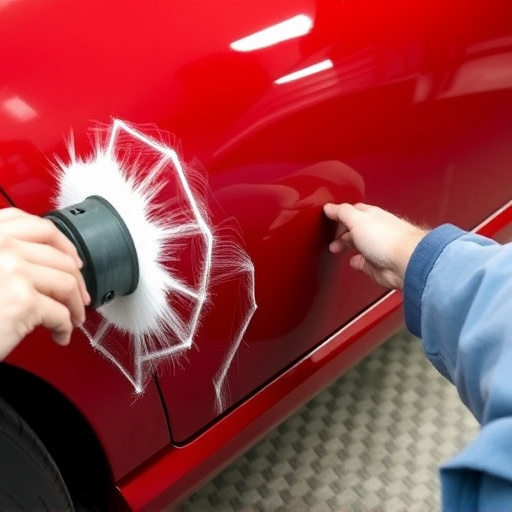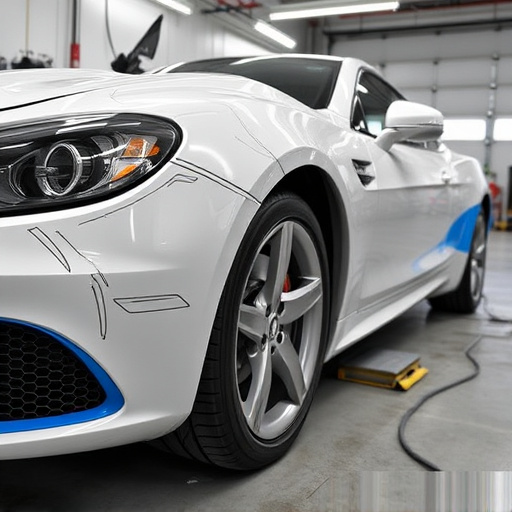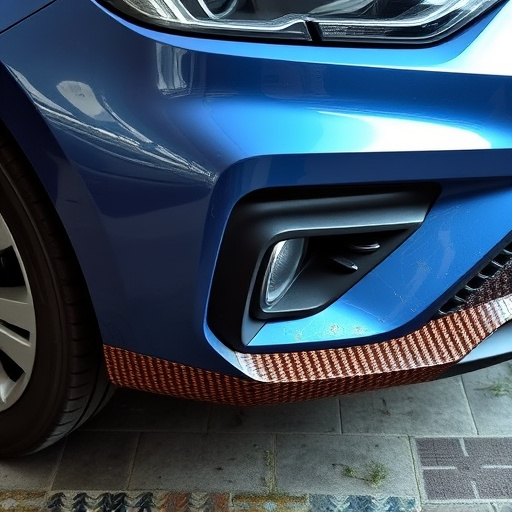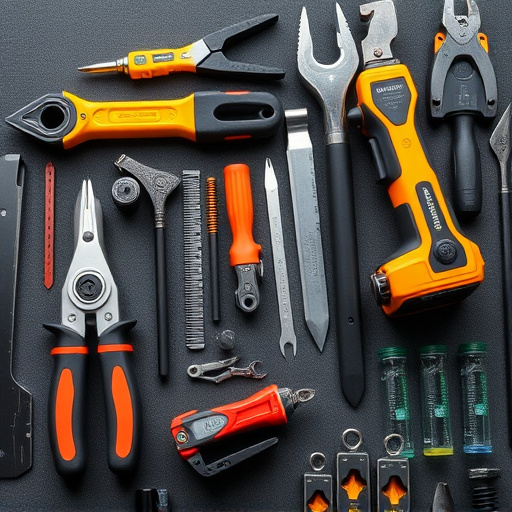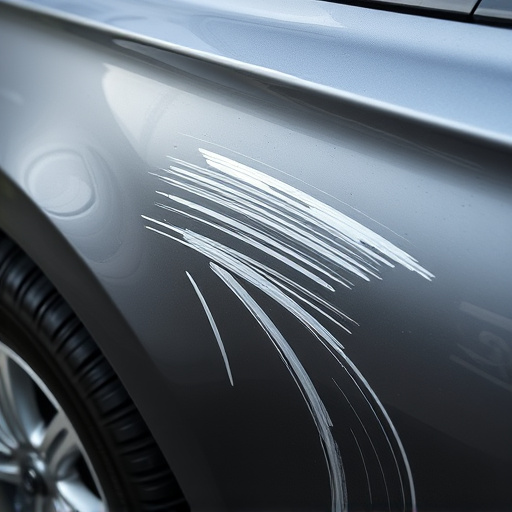Glass replacement certification success relies on a collaborative effort between certified technicians, trained inspectors, and regulatory bodies. Auto collision centers conduct replacements, while skilled techs ensure precision. Regulatory bodies set standards, conduct inspections, and protect consumer interests, maintaining industry quality and trust through rigorous quality control procedures.
“In the realm of glass replacement, ensuring safety and quality through certification is paramount. This article delves into the critical role of compliance monitoring, exploring who holds the responsibility for upholding rigorous standards in glass replacement practices. From understanding key stakeholders to examining tools and techniques, we uncover the intricate processes that guarantee accurate and certified glass replacements. By shedding light on these aspects, we aim to enhance transparency and trust within the industry.”
- Understanding Compliance Monitoring Roles
- Key Stakeholders in Glass Replacement Certification
- Ensuring Accuracy: Tools and Techniques Used
Understanding Compliance Monitoring Roles

Understanding the roles involved in compliance monitoring is a critical aspect of ensuring excellence in glass replacement certification. This process involves several key players who work together to maintain high standards across the industry. These include certified technicians, trained inspectors, and regulatory bodies that oversee vehicle repair processes, particularly in the domain of luxury vehicle repair and car repair services. Each party has its own set of responsibilities; technicians are expected to perform glass replacement according to established protocols, while inspectors verify compliance during post-repair assessments.
Regulatory bodies play a crucial role in setting and enforcing standards for vehicle repair, including glass replacement certification. They establish guidelines, conduct surprise checks, and investigate complaints related to non-compliance. By implementing these measures, they ensure that car repair services adhere to safety protocols, thereby safeguarding the interests of both consumers and businesses within the industry. This collaborative effort not only maintains quality but also fosters trust in the overall process of vehicle repair and glass replacement certification.
Key Stakeholders in Glass Replacement Certification
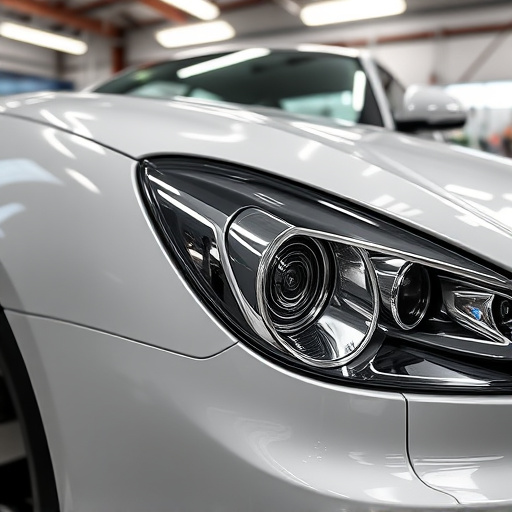
In the realm of glass replacement certification, several key stakeholders play vital roles in ensuring adherence to standards and maintaining the integrity of automotive repairs. One of the primary players is the auto collision center or automotive body work shop. These facilities are responsible for carrying out the actual glass replacement process, making them directly accountable for compliance with certification criteria. Technicians skilled in car body restoration techniques and equipped with specialized tools and training are essential to achieving precise and safe installations.
Additionally, regulatory bodies and industry associations contribute significantly. They set and enforce standards for glass replacement certification, conducting inspections and audits to verify compliance. These organizations often provide educational resources and guidelines to help auto collision centers stay updated on the latest best practices in automotive body restoration and glass replacement techniques, ensuring a high level of safety and quality across the industry.
Ensuring Accuracy: Tools and Techniques Used
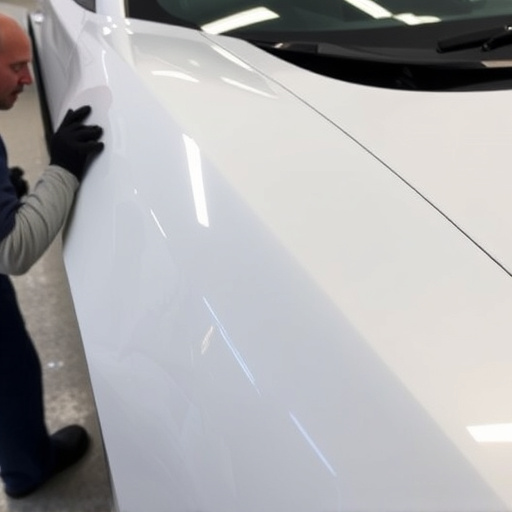
Ensuring accuracy in glass replacement certification is paramount to maintain safety standards and ensure the highest quality workmanship. This meticulous process involves a combination of advanced tools and skilled technicians. Professionals utilize specialized equipment, such as precision measurement devices and high-definition cameras, to check every detail of the replacement, from fitment to alignment. These tools enable them to detect even the slightest discrepancies, ensuring that the new glass perfectly replicates the original specifications.
In addition to technological aids, rigorous quality control procedures are implemented throughout the auto glass replacement process. This includes thorough inspections at various stages, including before and after installation. Skilled technicians cross-reference the replaced parts against detailed manufacturer guidelines, performing checks for air leaks, seal integrity, and optical clarity. These comprehensive measures ensure that every glass replacement meets or exceeds industry standards, whether for car dent repair, auto maintenance, or automotive restoration projects.
Glass replacement certification is a critical process ensuring safety and quality in the industry. The monitoring of compliance involves various stakeholders, each playing a vital role in maintaining high standards. From understanding specific regulatory requirements to utilizing advanced tools for accuracy, this comprehensive approach guarantees that only qualified professionals handle glass replacements. By adhering to these strict protocols, we can trust that every installation meets the necessary safety and performance benchmarks, ultimately enhancing building integrity and occupant well-being.

